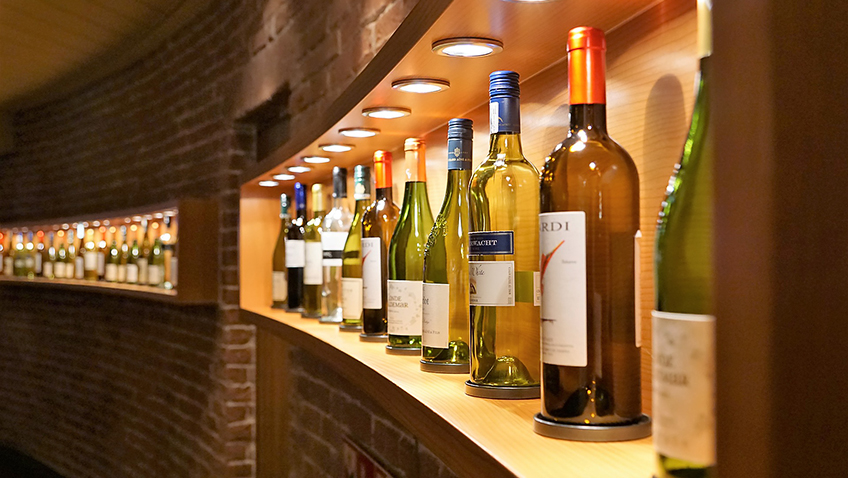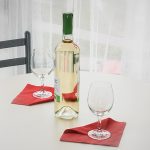Paula Goddard’s Wines of the Week starting 22nd July 2019
When I first started buying wine it was a little bit of a lottery. My choosing style mainly relied on finding wines that either didn’t look, or sound, like the German wines we used to get as a treat at Sunday lunch as a kid (I was too sophisticated now, surely?) or some random choice based on what was displayed cunningly at eyeball-browsing height on the supermarket shelves. This resulted in some nice wines and some that just tasted blah. So what have I learnt since those heady, youthful days? Well here are five things I wish I’d known as a wine buying beginner.
Buying wine should be easy because what it tastes like is helpfully written on the back label. But once you’ve negotiated the microscopic type size and managed to read the taste description, my advice is to use this as guide only. More often than not your unique taste buds will register something different when you drink it. Not that the descriptions aren’t helpful, but take specific flower and fruit references with a pinch of salt, so to speak, and concentrate on whether it is light and refreshing, or sweet and fruity.
Thinking back to Sunday lunch “treats”, I now know what I tasted as a kiddie may not seem quite so appealing as an adult. Sweet German wines may hit the sweetness cravings of a 16 year-old but a more middle-aged palate prefers more distinct and recognisable flavours. So try a German wine that describes itself as “dry”. Few of the German winemakers want to be associated with the 1970s sweet Liebfraumilch-type wines these days and go out of their way to be dry – this makes tasting the lovely floral notes that were always there so much easier now they aren’t smothered by sweetness.
The third thing I wish I’d known as a beginner is that the vast majority of champagnes don’t taste that great. You buy it to celebrate and save it up for the special occasion but it so often disappoints. Burp inducing lemoniness is so often the result when a chilled bottled of Czech lager or a bottle conditioned ale would have been a better choice. So buy champagne if you want to but why not celebrate with something you really enjoy: whether that’s beer, tea, Merlot or home-made elderflower sparkling.
Number four on the list is that expensive doesn’t always equal better or greater tasting pleasure. Sometimes it does but often the purchase choice is so random, and based on infrequent buying strategies, that you can open the wine and feel that you ought to like it even when you don’t. The thing to remember is that expensive wines tend to be older and have been “cellared”, or kept in storage, for a few years – possible over a decade. This means that their initial fruity flavours have lessened and been replaced with more earthy, meaty (sometimes) tastes that you may or may not like. So buy with caution.
And finally, the most important thing I wish I’d known as a wine beginner, is drink what you like and not what society says you should. So often it’s assumed that it must be rosé for the ladies and big alcoholic reds for the gents. Which is fine if that is what you want to drink but you may be a female who yearns for aged Italian Barolo or a man who rather likes the pink stuff (well the Formula One racing driver James Hunt did, and that was back in the 70s, when men were men – well the TV ads showed us this version so it must be true). Move away from the stereotypes and drink what you, really, really want. Perhaps the Spice Girls were right all along?
Tweet me a wine question @huxelrebe
© Paula Goddard 2019 www.paulagoddard.com




